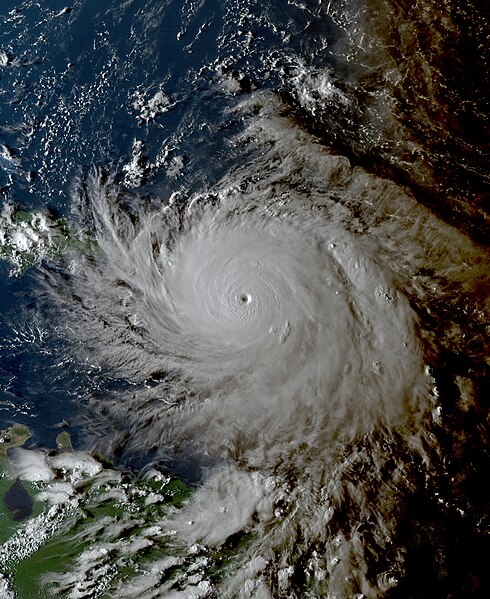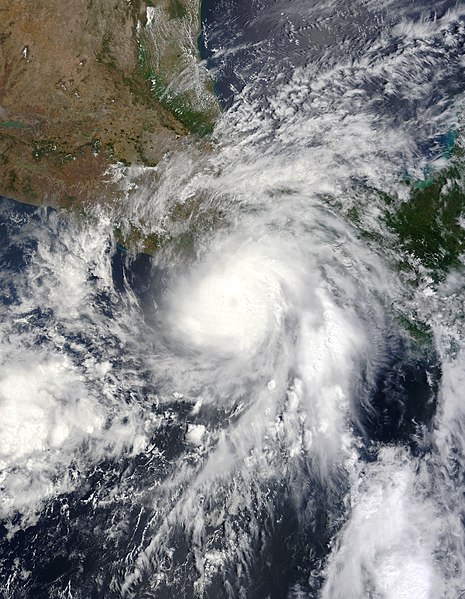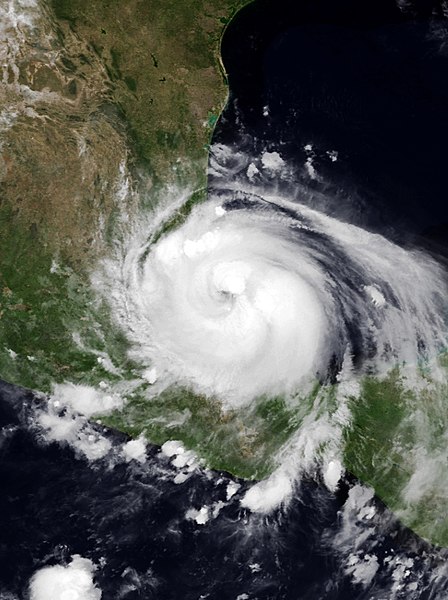Hurricane Maria was a deadly Category 5 hurricane that devastated the northeastern Caribbean in September 2017, particularly in the U.S. territory of Puerto Rico, which accounted for 2,975 of the 3,059 deaths. It is the deadliest and costliest hurricane to strike the island of Puerto Rico, and is the deadliest hurricane to strike the country of Dominica and the territory of the U.S. Virgin Islands. The most intense tropical cyclone worldwide in 2017, Maria was the thirteenth named storm, eighth consecutive hurricane, fourth major hurricane, second Category 5 hurricane, and deadliest storm of the extremely active 2017 Atlantic hurricane season. Maria was the deadliest Atlantic hurricane since Mitch in 1998, and the tenth most intense Atlantic hurricane on record. Total monetary losses are estimated at upwards of $91.61 billion, mostly in Puerto Rico, ranking it as the fourth-costliest tropical cyclone on record.

Maria near peak intensity while southeast of the U.S. Virgin Islands late on September 19
Maria making landfall as a Category 5 hurricane on Dominica on September 19
An aerial view of part of Roseau, revealing widespread damage to roofs. Flash floods clogged roads with debris—vegetative and structural—and mud.
A road in the Roseau area is littered with structural debris, damaged vegetation and downed power poles and lines.
The Saffir–Simpson hurricane wind scale (SSHWS) classifies hurricanes—which in the Western Hemisphere are tropical cyclones that exceed the intensities of tropical depressions and tropical storms—into five categories distinguished by the intensities of their sustained winds. This measuring system was formerly known as the Saffir–Simpson hurricane scale, or SSHS.
Image: Nicole 2022 11 10 0620Z colored
Image: Agatha 2022 05 30 1700Z
Image: Grace 2021 08 21 0610Z
Image: Lidia 2023 10 10 2120Z








